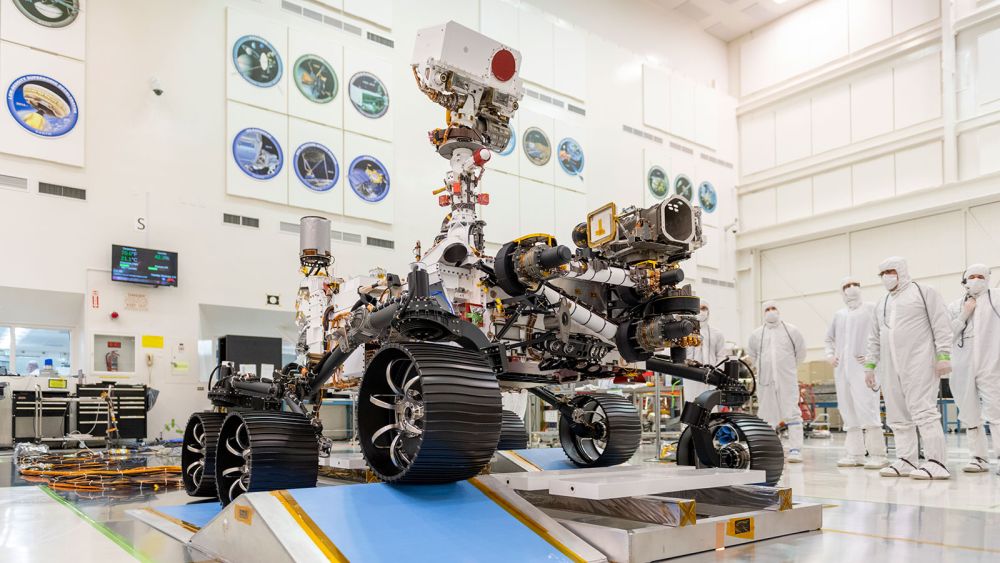NASA’s Mars 2020 rover has passed its driving test. The test was mostly a forward and backward maneuver, with a six-wheeled pirouette thrown in. It’s autonomous navigation system was also part of the test. Like a toddler’s first tentative steps, this is an important milestone.
This was a significant test for the rover. According to NASA, the rover passed the test and has earned its driver’s license. The next time it drives will be on the surface of Mars.
“Mars 2020 has earned its driver’s license.”
Rich Rieber, Lead Mobility Systems Engineer, Mars 2020 Rover
“Mars 2020 has earned its driver’s license,” said Rich Rieber, the lead mobility systems engineer for Mars 2020. “The test unambiguously proved that the rover can operate under its own weight and demonstrated many of the autonomous-navigation functions for the first time. This is a major milestone for Mars 2020.”
Though not exactly autonomous, the 2020 rover is designed to make more of its own driving decisions than previous rovers. It has high-resolution, wide field-of-view navigation cameras, part of the group of 23 cameras it’s equipped with. That’s more than any previous rover. The rover has extra computer power that it’ll use to process images and make maps. It also has more sophisticated auto-navigation software.
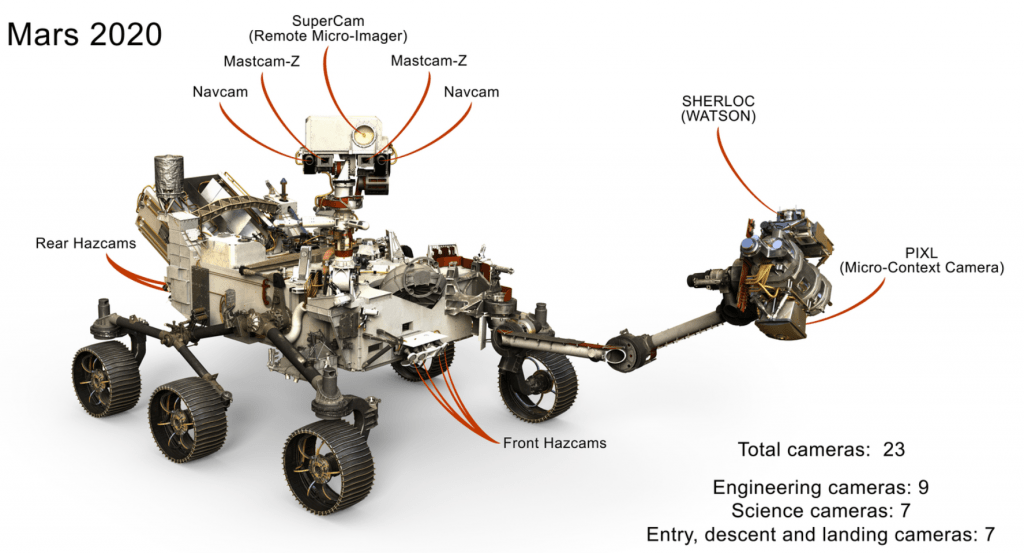
The 2020 rover will cover a lot of ground during its projected 668 sol (one Martian year) mission to find evidence of past microbial life on Mars. It’ll land at Jezero Crater in February 2021, and to get around on the surface of Mars, it’ll rely on redesigned aluminum wheels, each one with its own motor.
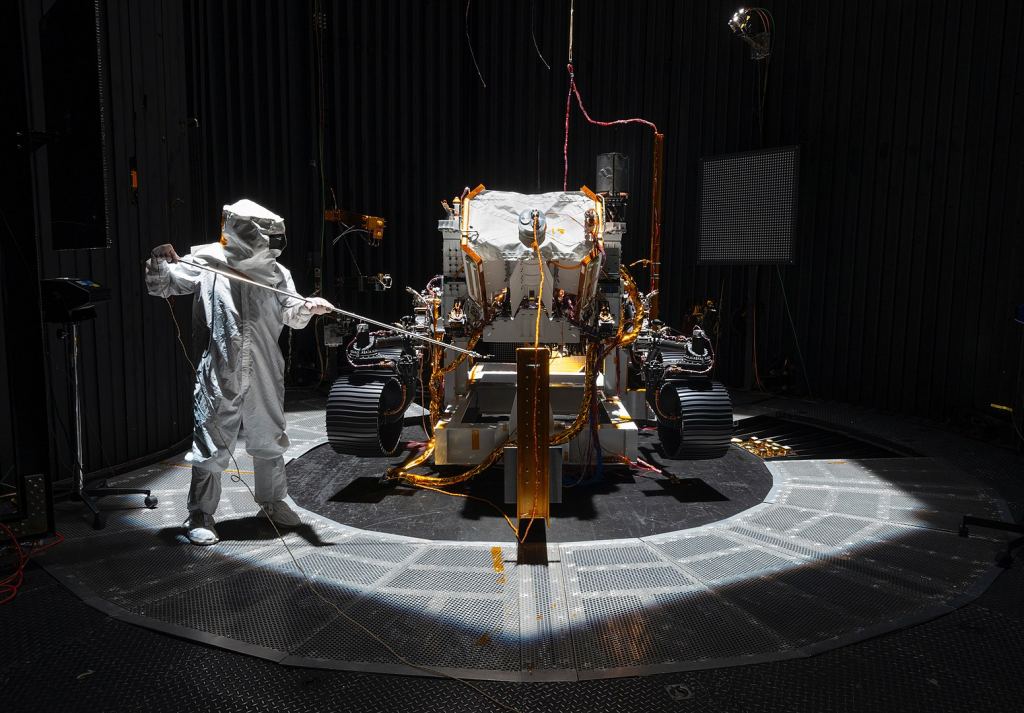
“To fulfill the mission’s ambitious science goals, we need the Mars 2020 rover to cover a lot of ground,” said Katie Stack Morgan, Mars 2020 deputy project scientist.
The 2020 rover is designed to travel about 200 meters (650 ft) every Martian day. To put that into perspective, the record for the longest distance travelled by a rover in one day belongs to NASA’s Opportunity rover. It covered 214 meters (702 ft) in a single day. So 2020’s average day will be about equal to the longest distance ever travelled by a rover in one day.
“We can’t wait to put some red Martian dirt under its wheels.”
John McNamee, Mars 2020 Project Manager.
This latest test took place on Dec. 17th. It was a marathon 10 hour testing session that saw all of the rover’s systems working together. Not only did it drive and steer and turn in place, but it maneuvered over small ramps, to replicate some of the terrain it’ll face on Mars. Since Martian gravity is weaker than Earth’s—only about 3/8ths as strong—NASA expects the rover to perform well once it reaches its destination.
“A rover needs to rove, and Mars 2020 did that yesterday,” said John McNamee, Mars 2020 project manager. “We can’t wait to put some red Martian dirt under its wheels.”
The rover’s wheels are arranged on a pair of legs on each side of the rover, with three wheels per leg. The leg is made out of titanium, one of the lightest and strongest materials available. Each of the aluminum wheels has 48 grousers or cleats on them, which should provide superior traction on Mars’ surface. Each wheel also has its own drive engine, and each of the front and rear wheels also have steering engines, allowing the rover to turn in place.
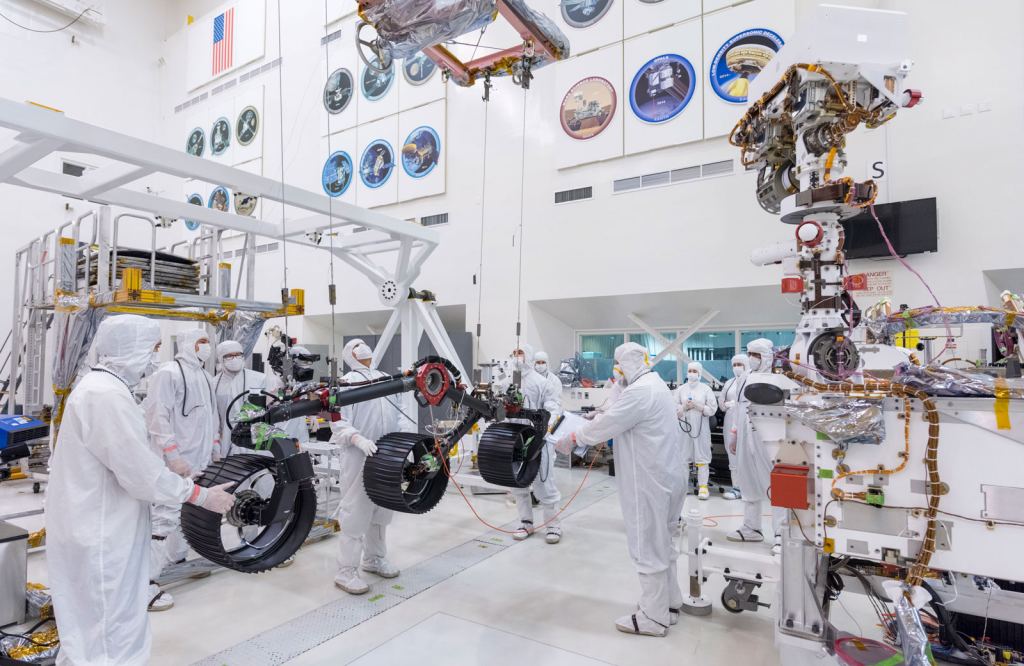
The wheels also have titanium spokes, which are curved and provide springy support for the 2020 rover. Together, the wheels, legs and engines are called the mobility suspension. The sophisticated system allows the rover to drive over rocks that are about thigh-high on a person, or 1.5 times the wheel diameter. (78 cm; 31 inches)
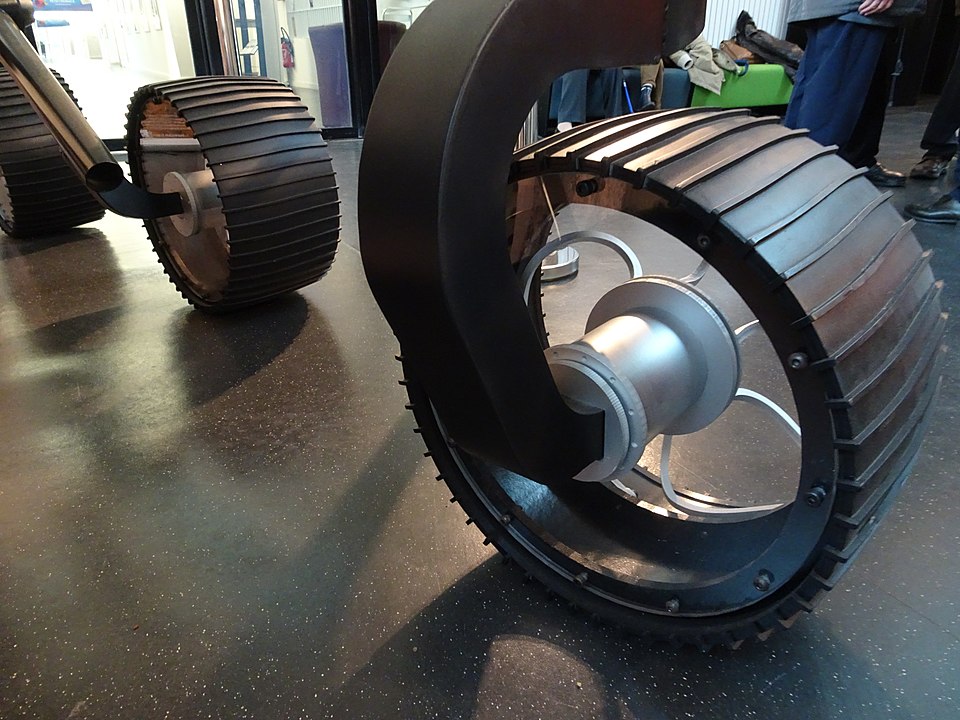
The 2020 rover will land in the Jezero Crater on Mars. It’s the sight of a long-gone paleo-lake. There’s an abundance of clay minerals there, as well as a fossilized river delta created by an ancient river that flowed into the crater.

The image below shows 2020’s landing spot, as well as the landing locations of other Mars rovers and landers.
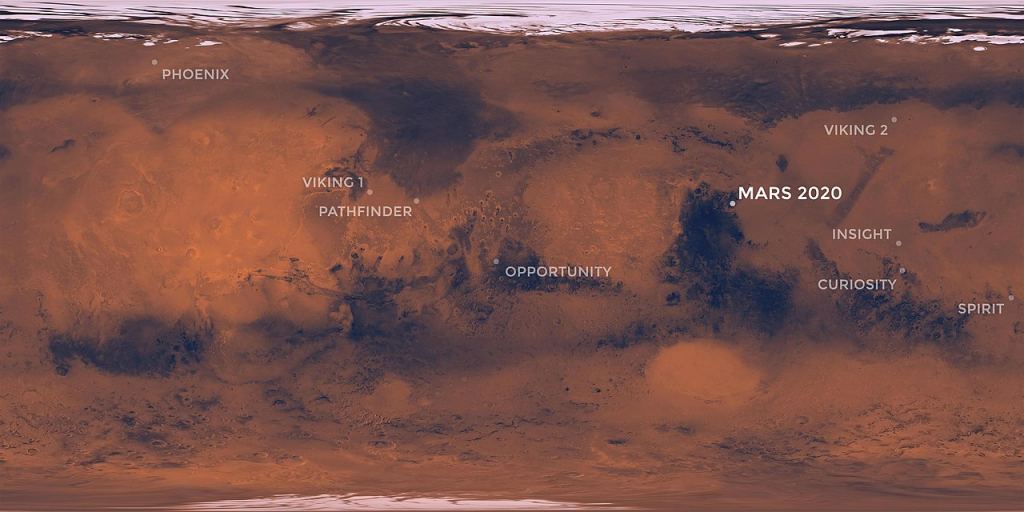
NASA’s Jet Propulsion Laboratory (JPL) is building the 2020 rover, and they’ll operate it as well. The 2020 rover is part of a larger program that aims to see humans on Mars. That program includes the Artemis Program, which intends to land humans on the Moon again by 2024, including the first woman on the Moon. NASA also plans to establish a sustained human presence there by 2028, as one of the stepping stones to a crewed mission to Mars.
More:
- Press Release: NASA’s Mars 2020 Rover Completes Its First Drive
- Universe Today: Mars 2020 Rover is Going to a Place on Mars That’s Perfect for Preserving Fossils
- Universe Today: Mars 2020 Rover Gets its Helicopter Sidekick

